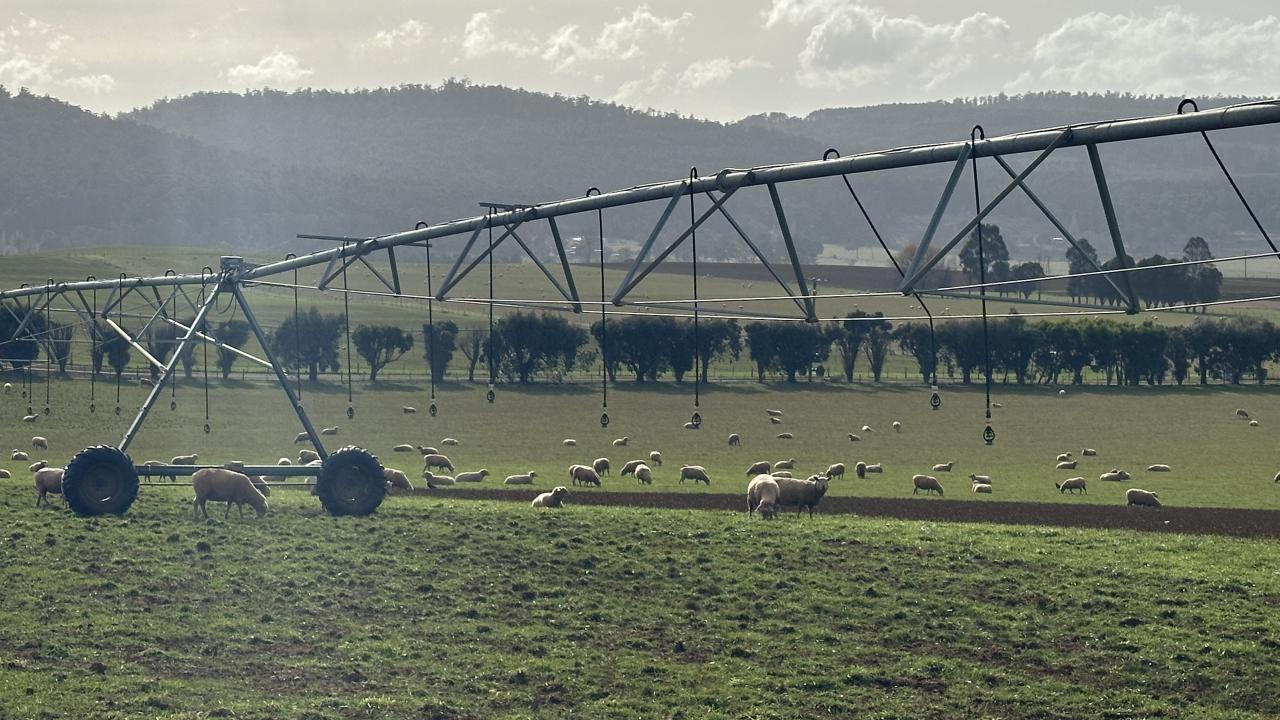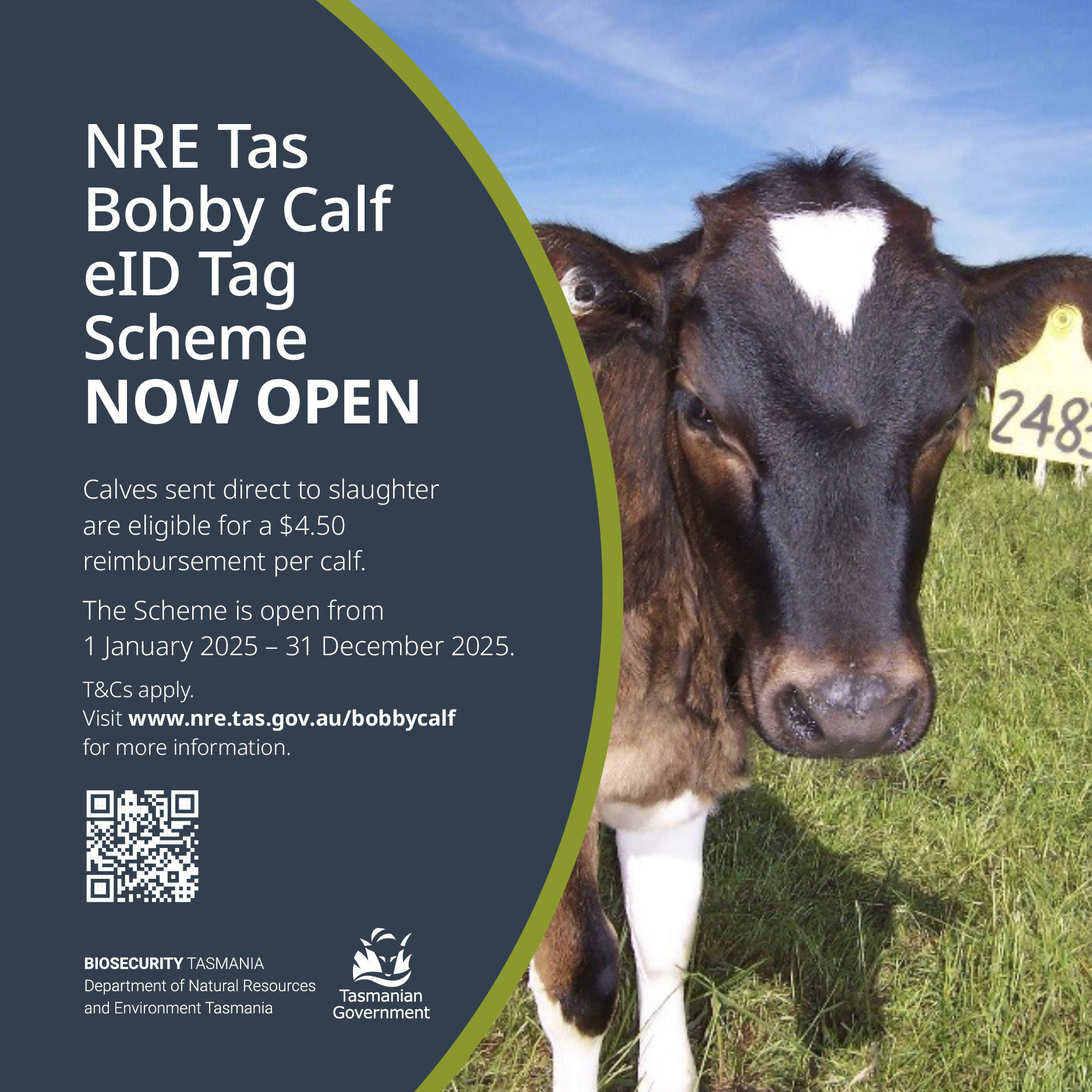Soaking rains across Tasmania fill parched dams

Irrigation water via the Pivot system grows pasture for grazing sheep near Weetah. Picture KAROLIN MACGREGOR
SIGNIFICANT rainfall across many regions in the past week has helped boost water inflows to some of Tasmania’s critical irrigation schemes.
Troughs extending from a low pressure system in the Tasman Sea brought 15 to 50mm of rain across Tasmania on July 16.
Cold fronts also swept through moving into south-eastern Australia from July 19 bringing widespread rainfall to southern Australia and snow to alpine areas.
Weekly totals of 25 to more than 100 mm were recorded in Tasmania.
King Island also received some much-needed falls with 54.6mm recorded at the airport.
The rain saw some flood warnings issued for both the South and North Esk rivers .
Tasmanian Irrigation chief operating officer David Skipper said the organisation has been carefully monitoring dam levels ahead of the start of the summer irrigation season later this year and taking action to create the best possible chance of making full allocation available at the start of the summer irrigation season.
Mr Skipper said low rainfall has been a cause for concern, with some dams filling slowly. He said this gave rise to concern that the full allocation of water may not be available on some schemes by the start of the season.
Dams that were a concern prior to the rain event last weekend were the Craigbourne Dam, Mill Creek Dam, Southern Field, Milford Dam, Rocklands Dam or Dalness Dam and the Camden Dam.
Significant rainfall in the South, Central Highlands and the North East has improved the situation for several of these dams and Mr Skipper said they are now confident of being able to provide the full allocation for most schemes.
Those dams that are still cause for concern however are Mill Creek and Southernfield, on the Duck and Southern Highlands schemes.
Just two weeks ago, Craigbourne Dam was sitting at 7700 ML and providing irrigators a 70 per cent allocation for the season.
After the rain last weekend and some continued falls, the dam has received 1829 ML and is now sitting at 9553 ML which means TI can open the 24/25 season from August 1 at 100 per cent allocation.
However, Mr Skipper said the Mill Creek is still a major concern as rain in that part of the state has not been as significant as hoped.
He said they are pumping from the river, but the outlook remains hard to predict. With a couple of months left to harvest, he said the next four to six weeks will be critical.
Southernfield Dam is also still a concern and although there has been over 1300ML pumped in the last 30 days, the dam sits at 25 per cent of capacity and has a long way to go to provide any meaningful allocation.
Mr Skipper said TI is pumping at maximum capacity and in accordance with water licences.
If needed, there is access to additional water from a private dam in the Central Highlands as well as Hydro Tasmania water. These supply opportunities will be assessed in coming weeks in consultation with the Southern Highland irrigators.
With substantial flood take and high flows in the South Esk, Mr Skipper said they expect Milford will be OK.
It is at 78 per cent capacity and TI is reasonably confident of filling this dam without the need to purchase Hydro Tasmania water to complete the fill.
Rocklands is currently at 50 per cent capacity and it should be able to be filled over the next few months from the North Esk.
Mr Skipper said Camden sits at 63 per cent and they are confident this dam will continue to fill from natural flow and that we will be able to provide 100 per cent allocation to irrigators.
Recent rain has also provide much needed inflows to the Meander Dam which had its lowest level on record at 7400ML on May 25.
Now, it sits at 34,000 ML and rising and is at 80 per cent of capacity.




Add new comment